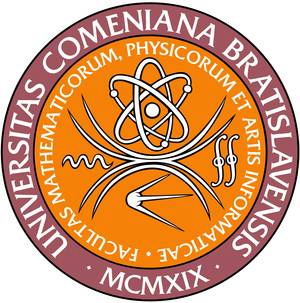Cultivation of hydroponic lettuce in plasma-activated water: effects on growth, pigmentation, and sensory quality
Mišúthova A., Lukačová Z., Mehrabifard R., Machala Z.
Plant Biology CS 2025, Bratislava, Slovakia, August 26-28, p. 128-129 (2025)
požiadaj o kópiu
|
|
Abstrakt: Cultivation of hydroponic Lettuce in plasma-activated water: effects on growth, pigmentation, and sensory quality
Key words: Lactuca sativa, phenols, pigments, plasma-activated water , RONS
Cold atmospheric plasma generates multiple reactive oxygen and nitrogen species (RONS), which dissolve in water to form plasma-activated water (PAW), resulting in its subsequent chemical modifications. Due to the presence of RONS, PAW shows considerable potential in agriculture, as these species act as signaling molecules in plant metabolic pathways and enhance nutrient availability. This study evaluates the effects of PAW produced via a transient spark (TS) discharge system on the growth and physiological responses of hydroponically cultivated lettuce (Lactuca sativa). Four experimental treatments were established: (1) a control group grown in ½ Hoagland's nutrient solution; (2) plants from seeds primed in PAW for 1.5 hours, then transferred to Hoagland’s nutrient solution; (3) plants from seeds primed in PAW and subsequently cultivated in PAW supplemented with ½ Hoagland’s nutrient solution; and (4) plants cultivated solely in PAW enriched with ½ Hoagland’s nutrients. Plant development was monitored over a 10-week period. At harvest, central rosette leaves (3–4 per plant) were analyzed for pigment content (chlorophylls and carotenoids), as well as pheophytin and phenolic compound concentrations. A sensory evaluation involving 15 participants assessed visual appearance, aroma, flavor, and texture. The PAW treatment showed significantly higher levels of chlorophyll a and phenolic compounds, consistent with sensory data indicating this variant as the greenest. However, it exhibited the lowest fresh weight and smallest leaf head size. In contrast, PAW + priming significantly increased biomass and head size, yielding the largest plants among all treatments and was rated the most palatable. Additionally, this treatment displayed the highest chlorophyll a+b activity, indicating enhanced photosynthetic performance.
Acknowledgement
Funded by the EU NextGenerationEU through the Recovery and Resilience Plan for Slovakia under the project No. 09I03-03-V03-00033 EnvAdwice and Slovak Research and Development Agency APVV-22-0247.
|

